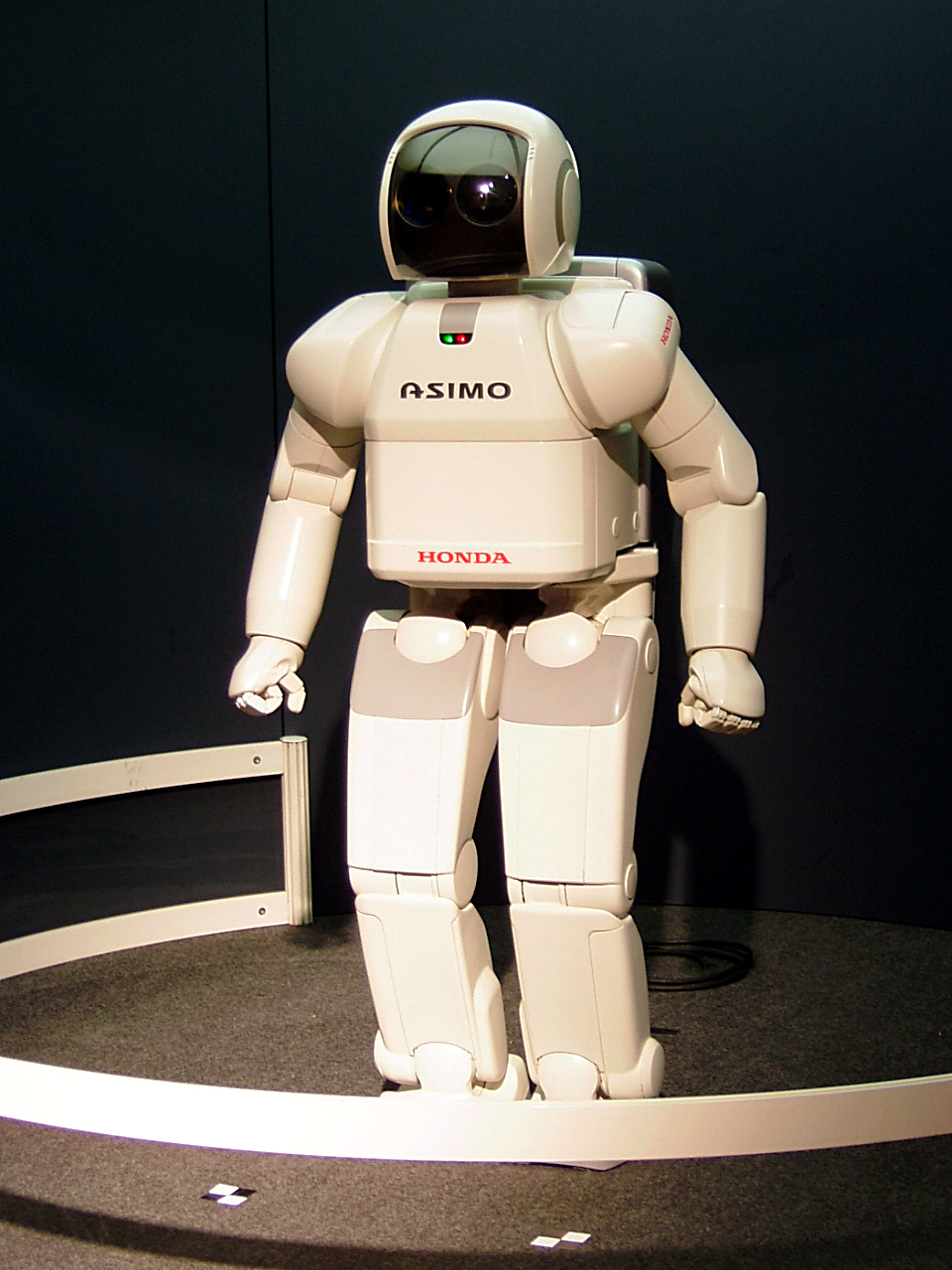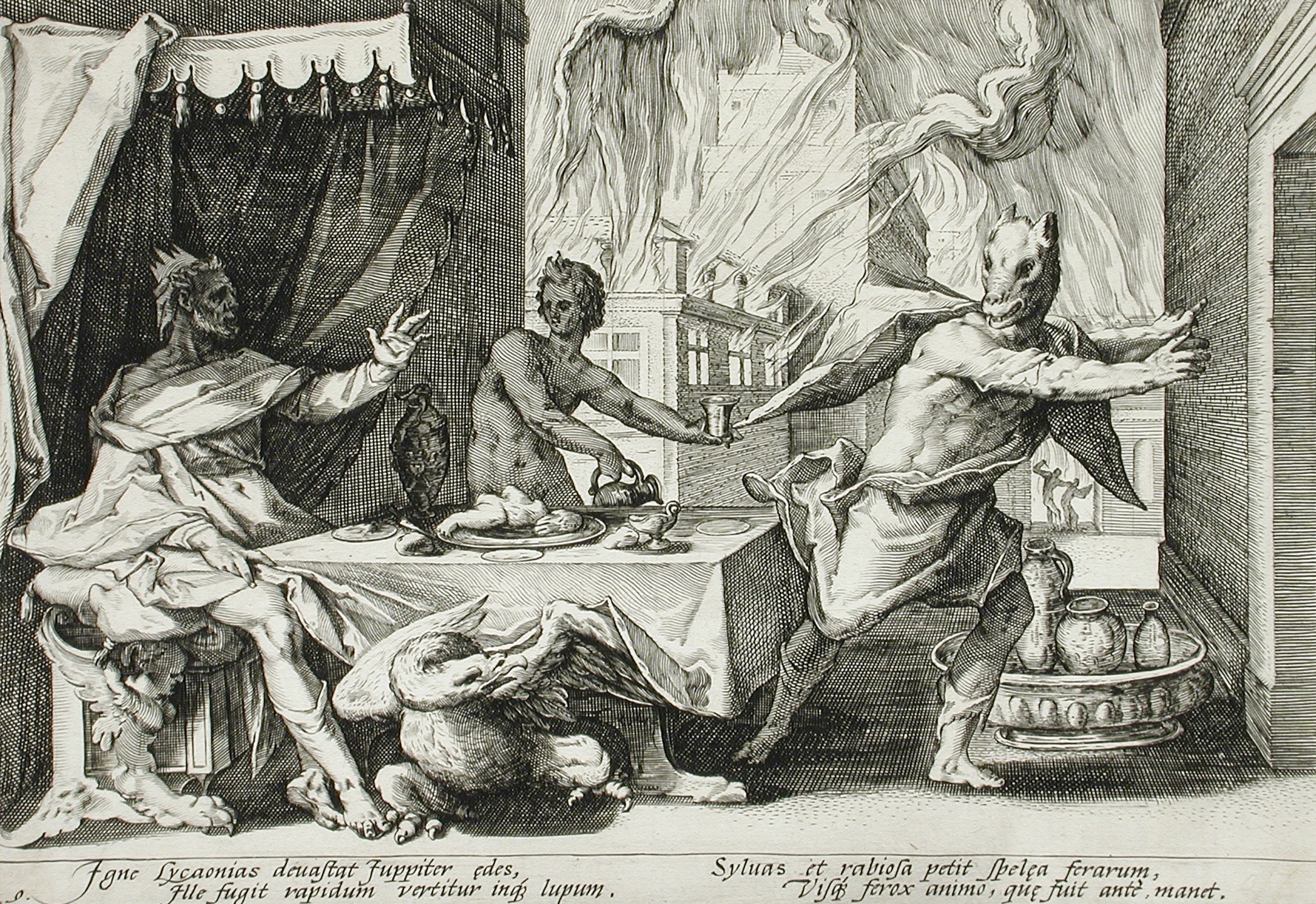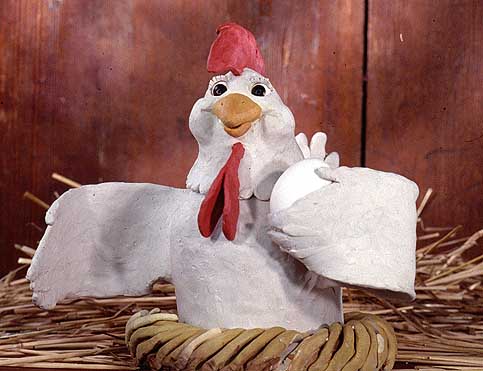|
Twice Upon A Time (1983 Film)
''Twice Upon a Time'' is a 1983 American animated adventure fantasy comedy film co-directed by John Korty and Charles Swenson from a screenplay by Korty, Swenson, Suella Kennedy, and Bill Couturié. The first animated film produced by George Lucas, it uses a form of cutout animation which the filmmakers called "Lumage," involving prefabricated cutout elements that the animators moved on a light table, emulating stained glass. The film features improvised dialogue and a visual blend of live-action and stop-motion. Plot In the eternally busy city of Din, the black-and-white Rushers constantly go about their business in a fast-paced way and stop only to sleep due to their Cosmic Clock getting wound too tightly. Din lies between two worlds that create dreams to deliver to the sleeping Rushers – one is the bright and cheerful Frivoli, where Greensleeves and his Figmen of Imagination bring sweet dreams. The other is the Murkworks, a dark and dingy factory home to vultures who d ... [...More Info...] [...Related Items...] OR: [Wikipedia] [Google] [Baidu] |
John Korty
John Korty (June 22, 1936 – March 9, 2022), was an American film director and animator, best known for the television film '' The Autobiography of Miss Jane Pittman'' and the documentary '' Who Are the DeBolts? And Where Did They Get Nineteen Kids?'', as well as the theatrical animated feature '' Twice Upon a Time''. He has won an Academy Award for Best Documentary Feature (for ''Who Are the DeBolts?'') and several other major awards. He is described by the film critic Leonard Maltin as "a principled filmmaker who has worked both outside and within the mainstream, attempting to find projects that support his humanistic beliefs". Early life and career Born in Lafayette, Indiana, he began making amateur films while still in his teens. He took a liberal arts education at Antioch College in Ohio and obtained work as an animator for television commercials while still in school. He graduated in 1959. In a 1963 article he wrote for the ''Bolex Reporter'', he notes that he first too ... [...More Info...] [...Related Items...] OR: [Wikipedia] [Google] [Baidu] |
George Lucas
George Walton Lucas Jr. (born May 14, 1944) is an American filmmaker and philanthropist. He created the ''Star Wars'' and ''Indiana Jones'' franchises and founded Lucasfilm, LucasArts, Industrial Light & Magic and THX. He served as chairman of Lucasfilm before selling it to the Walt Disney Company in 2012. Nominated for four Academy Awards, he is considered to be one of the most significant figures of the 20th-century New Hollywood movement, and a pioneer of the modern blockbuster (entertainment), blockbuster. Despite this, he has remained an independent filmmaker away from Hollywood for most of his career. After graduating from the University of Southern California in 1967, Lucas moved to San Francisco and co-founded American Zoetrope with filmmaker Francis Ford Coppola. He wrote and directed ''THX 1138'' (1971), based on his student short ''Electronic Labyrinth: THX 1138 4EB'', which was a critical success but a financial failure. His next work as a writer-director was ''Am ... [...More Info...] [...Related Items...] OR: [Wikipedia] [Google] [Baidu] |
Robot
A robot is a machine—especially one Computer program, programmable by a computer—capable of carrying out a complex series of actions Automation, automatically. A robot can be guided by an external control device, or the robot control, control may be embedded within. Robots may be constructed to evoke Humanoid robot, human form, but most robots are task-performing machines, designed with an emphasis on stark functionality, rather than expressive aesthetics. Robots can be autonomous robot, autonomous or semi-autonomous and range from humanoids such as Honda's ''Advanced Step in Innovative Mobility'' (ASIMO) and TOSY's ''TOSY Ping Pong Playing Robot'' (TOPIO) to industrial robots, robot-assisted surgery, medical operating robots, patient assist robots, dog therapy robots, collectively programmed Swarm robotics, ''swarm'' robots, UAV drones such as General Atomics MQ-1 Predator, and even microscopic Nanorobotics, nanorobots. By mimicking a lifelike appearance or automating mo ... [...More Info...] [...Related Items...] OR: [Wikipedia] [Google] [Baidu] |
Mime Artist
A mime artist, or simply mime (from Greek language, Greek , , "imitator, actor"), is a person who uses ''mime'' (also called ''pantomime'' outside of Britain), the acting out of a story through body motions without the use of speech, as a theatrical medium or as a performance art. In earlier times, in English, such a performer would typically be referred to as a mummer. Miming is distinguished from silent comedy, in which the artist is a character in a film or skit without sound. Jacques Copeau, strongly influenced by Commedia dell'arte and Japanese Noh theatre, used masks in the training of his actors. His pupil Étienne Decroux was highly influenced by this, started exploring and developing the possibilities of mime, and developed corporeal mime into a highly sculptural form, taking it outside the realms of naturalism. Jacques Lecoq contributed significantly to the development of mime and physical theatre with his training methods. As a result of this, the practice of mime h ... [...More Info...] [...Related Items...] OR: [Wikipedia] [Google] [Baidu] |
Shapeshifting
In mythology, folklore and speculative fiction, shapeshifting is the ability to physically transform oneself through unnatural means. The idea of shapeshifting is found in the oldest forms of totemism and shamanism, as well as the oldest existent literature and Epic poetry, epic poems such as the ''Epic of Gilgamesh'' and the ''Iliad''. The concept remains a common literary device in modern fantasy, children's literature and popular culture. Examples of shapeshifters are vampires and werewolves. Folklore and mythology Popular shapeshifting creatures in folklore are werewolf, werewolves and vampires (mostly of European, Canadian, and Native American/early American origin), ichchhadhari naag (shape-shifting cobra) of India, shapeshifting fox spirits of East Asia such as the huli jing of China, the obake of Japan, the Navajo skin-walkers, and gods, goddesses and demons and demonesses such as the Norse mythology, Norse Loki or the Greek mythology, Greek Proteus. Shapeshifting to th ... [...More Info...] [...Related Items...] OR: [Wikipedia] [Google] [Baidu] |
Bomb
A bomb is an explosive weapon that uses the exothermic reaction of an explosive material to provide an extremely sudden and violent release of energy. Detonations inflict damage principally through ground- and atmosphere-transmitted mechanical stress, the impact and penetration of pressure-driven projectiles, pressure damage, and explosion-generated effects. Bombs have been utilized since the 11th century starting in East Asia. The term ''bomb'' is not usually applied to explosive devices used for civilian purposes such as construction or mining, although the people using the devices may sometimes refer to them as a "bomb". The military use of the term "bomb", or more specifically aerial bomb action, typically refers to airdropped, unpowered explosive weapons most commonly used by air forces and naval aviation. Other military explosive weapons not classified as "bombs" include shells, depth charges (used in water), or land mines. In unconventional warfare, other names ... [...More Info...] [...Related Items...] OR: [Wikipedia] [Google] [Baidu] |
Nightmare
A nightmare, also known as a bad dream, Retrieved 11 July 2016. is an unpleasant dream that can cause a strong emotional response from the mind, typically fear but also despair, anxiety, disgust or sadness. The dream may contain situations of discomfort, psychological or physical terror, or panic. After a nightmare, a person will often awaken in a state of distress and may be unable to return to sleep for a short period of time. Recurrent nightmares may require medical help, as they can interfere with sleeping patterns and cause insomnia. Nightmares can have physical causes such as sleeping in an uncomfortable position or having a fever, or psychological causes such as stress or anxiety. Eating before going to sleep, which triggers an increase in the body's metabolism and brain activity, can be a potential stimulus for nightmares. The prevalence of nightmares in children (5–12 years old) is between 20 and 30%, and prevalence in adults is between 8 and 30%. In common langu ... [...More Info...] [...Related Items...] OR: [Wikipedia] [Google] [Baidu] |
Vulture
A vulture is a bird of prey that scavenges on carrion. There are 23 extant species of vulture (including condors). Old World vultures include 16 living species native to Europe, Africa, and Asia; New World vultures are restricted to North and South America and consist of seven identified species, all belonging to the Cathartidae family. A particular characteristic of many vultures is a bald, unfeathered head. This bare skin is thought to keep the head clean when feeding, and also plays an important role in thermoregulation. Vultures have been observed to hunch their bodies and tuck in their heads in the cold, and open their wings and stretch their necks in the heat. They also urinate on themselves as a means of cooling their bodies. A group of vultures in flight is called a "kettle", while the term "committee" refers to a group of vultures resting on the ground or in trees. A group of vultures that are feeding is termed a "wake". Taxonomy Although New World vulture ... [...More Info...] [...Related Items...] OR: [Wikipedia] [Google] [Baidu] |
Factory
A factory, manufacturing plant or production plant is an industrial facility, often a complex consisting of several buildings filled with machinery, where workers manufacture items or operate machines which process each item into another. They are a critical part of modern economic production, with the majority of the world's goods being created or processed within factories. Factories arose with the introduction of machinery during the Industrial Revolution, when the capital and space requirements became too great for cottage industry or workshops. Early factories that contained small amounts of machinery, such as one or two spinning mules, and fewer than a dozen workers have been called "glorified workshops". Most modern factories have large warehouses or warehouse-like facilities that contain heavy equipment used for assembly line production. Large factories tend to be located with access to multiple modes of transportation, some having rail, highway and water load ... [...More Info...] [...Related Items...] OR: [Wikipedia] [Google] [Baidu] |
Dream
A dream is a succession of images, ideas, emotions, and sensation (psychology), sensations that usually occur involuntarily in the mind during certain stages of sleep. Humans spend about two hours dreaming per night, and each dream lasts around 5–20 minutes, although the dreamer may perceive the dream as being much longer. The content and function of dreams have been topics of scientific, philosophical and religious interest throughout recorded history. Dream interpretation, practiced by the Babylonians in the third millennium BCE and even earlier by the ancient Sumerians, figures prominently in religious texts in several traditions, and has played a lead role in psychotherapy. The scientific study of dreams is called oneirology. Most modern dream study focuses on the neurophysiology of dreams and on proposing and testing hypotheses regarding dream function. It is not known where in the brain dreams originate, if there is a single origin for dreams or if multiple regions of th ... [...More Info...] [...Related Items...] OR: [Wikipedia] [Google] [Baidu] |
Stop Motion
Stop-motion (also known as stop frame animation) is an animated filmmaking and special effects technique in which objects are physically manipulated in small increments between individually photographed frames so that they will appear to exhibit independent motion or change when the series of frames is played back. Any kind of object can thus be animated, but puppets with movable joints (puppet animation) or clay figures (claymation) are most commonly used. Puppets, models or clay figures built around an armature are used in model animation. Stop motion with live actors is often referred to as pixilation. Stop motion of flat materials such as paper, fabrics or photographs is usually called cutout animation. Terminology The term "stop-motion", relating to the animation technique, is often spelled without a hyphen as "stop motion"—either standalone or as a compound modifier. Both orthographic variants, with and without the hyphen, are correct, but the hyphenated one is th ... [...More Info...] [...Related Items...] OR: [Wikipedia] [Google] [Baidu] |
Improvisational Comedy
Improvisational theatre, often called improvisation or improv or impro in British English, is the form of theatre, often comedy, in which most or all of what is performed is unplanned or unscripted, created spontaneously by the performers. In its purest form, the dialogue, action, story, and characters are created collaboratively by the players as the improvisation unfolds in present time, without use of an already prepared, written script. Improvisational theatre exists in performance as a range of styles of improvisational comedy as well as some non-comedic theatrical performances. It is sometimes used in film and television, both to develop characters and scripts and occasionally as part of the final product. Improvisational techniques are often used extensively in drama programs to train actors for stage, film, and television and can be an important part of the rehearsal process. However, the skills and processes of improvisation are also used outside the context of performin ... [...More Info...] [...Related Items...] OR: [Wikipedia] [Google] [Baidu] |







